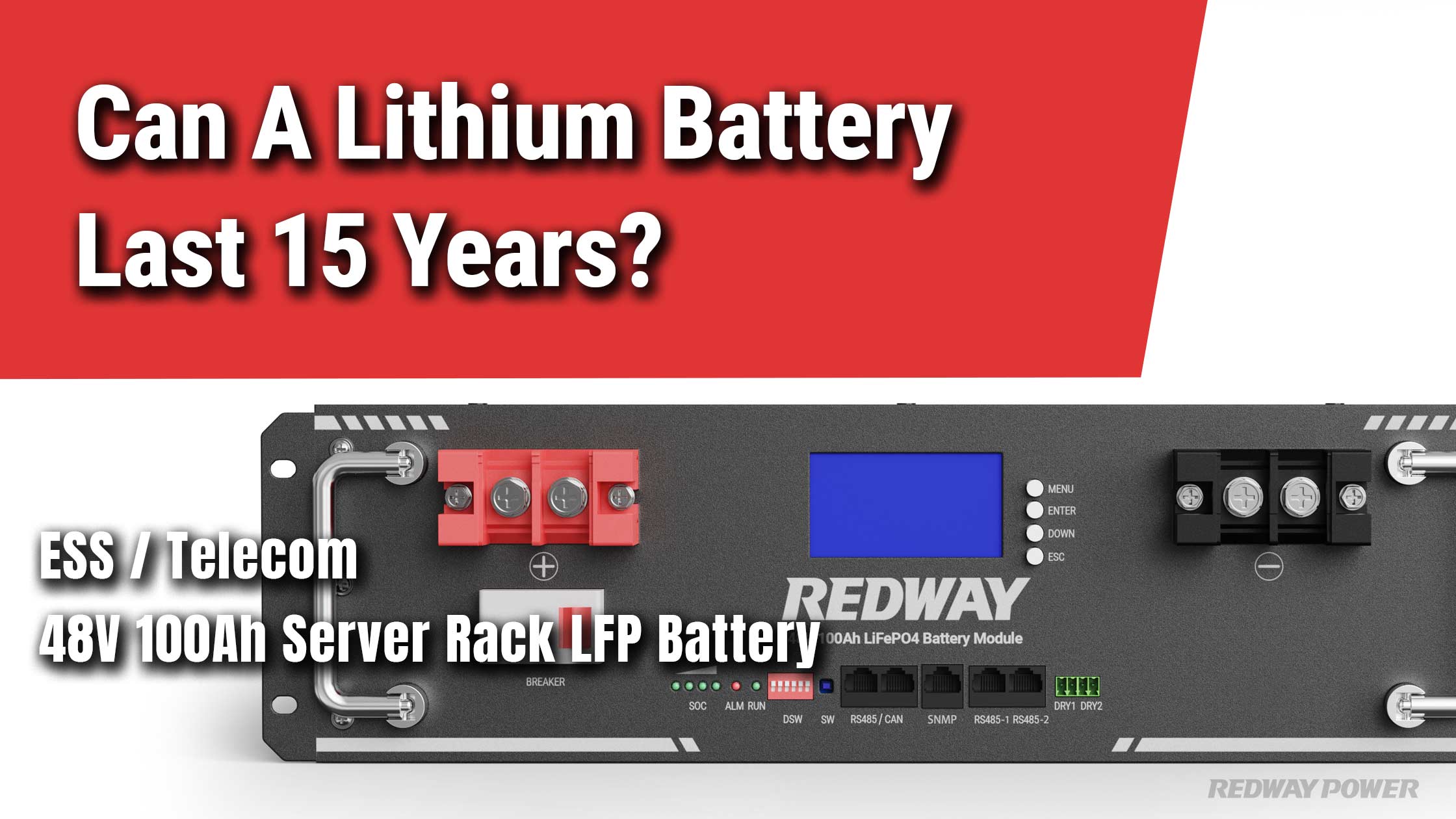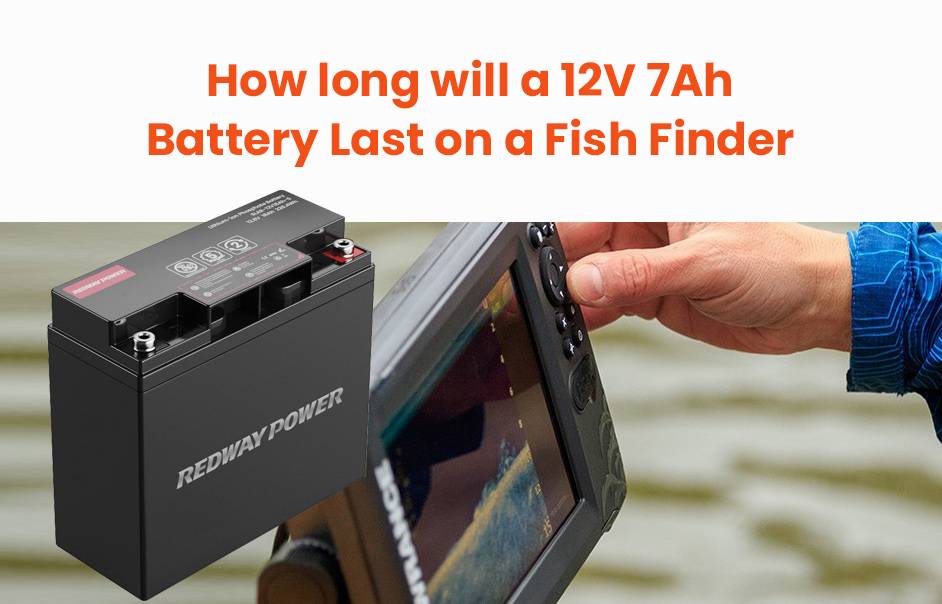- Lithium Golf Cart Battery
- Forklift Lithium Battery
-
48V
- 48V 210Ah
- 48V 300Ah
- 48V 420Ah (949 x 349 x 569 mm)
- 48V 420Ah (950 x 421 x 450 mm)
- 48V 456Ah
- 48V 460Ah (830 x 630 x 590 mm)
- 48V 460Ah (950 x 421 x 450 mm)
- 48V 460Ah (800 x 630 x 600 mm)
- 48V 460Ah (820 x 660 x 470 mm)
- 48V 500Ah
- 48V 560Ah (810 x 630 x 600 mm)
- 48V 560Ah (950 x 592 x 450 mm)
- 48V 600Ah
- 48V 630Ah
-
48V
- 12V Lithium Battery
12V 150Ah Lithium RV Battery
Bluetooth App | BCI Group 31
LiFePO4 Lithium
Discharge Temperature -20°C ~ 65°C
Fast Charger 14.6V 50A
Solar MPPT Charging - 24V Lithium Battery
- 36V Lithium Battery
- 48V Lithium Battery
-
48V LiFePO4 Battery
- 48V 50Ah
- 48V 50Ah (for Golf Carts)
- 48V 60Ah (8D)
- 48V 100Ah (8D)
- 48V 100Ah
- 48V 100Ah (Discharge 100A for Golf Carts)
- 48V 100Ah (Discharge 150A for Golf Carts)
- 48V 100Ah (Discharge 200A for Golf Carts)
- 48V 150Ah (for Golf Carts)
- 48V 160Ah (Discharge 100A for Golf Carts)
- 48V 160Ah (Discharge 160A for Golf Carts)
-
48V LiFePO4 Battery
- 60V Lithium Battery
-
60V LiFePO4 Battery
- 60V 20Ah
- 60V 30Ah
- 60V 50Ah
- 60V 50Ah (Small Size / Side Terminal)
- 60V 100Ah (for Electric Motocycle, Electric Scooter, LSV, AGV)
- 60V 100Ah (for Forklift, AGV, Electric Scooter, Sweeper)
- 60V 150Ah (E-Motocycle / E-Scooter / E-Tricycle / Tour LSV)
- 60V 200Ah (for Forklift, AGV, Electric Scooter, Sweeper)
-
60V LiFePO4 Battery
- 72V~96V Lithium Battery
- Rack-mounted Lithium Battery
- E-Bike Battery
- All-in-One Home-ESS
- Wall-mount Battery ESS
-
Home-ESS Lithium Battery PowerWall
- 24V 100Ah 2.4kWh PW24100-S PowerWall
- 48V 50Ah 2.4kWh PW4850-S PowerWall
- 48V 50Ah 2.56kWh PW5150-S PowerWall
- 48V 100Ah 5.12kWh PW51100-F PowerWall (IP65)
- 48V 100Ah 5.12kWh PW51100-S PowerWall
- 48V 100Ah 5.12kWh PW51100-H PowerWall
- 48V 200Ah 10kWh PW51200-H PowerWall
- 48V 300Ah 15kWh PW51300-H PowerWall
PowerWall 51.2V 100Ah LiFePO4 Lithium Battery
Highly popular in Asia and Eastern Europe.
CE Certification | Home-ESS -
Home-ESS Lithium Battery PowerWall
- Portable Power Stations
How Long Can a Lithium Battery Last? Understanding Lifespan and Factors

Lithium batteries can last between 5 to 20 years, depending on the type and usage conditions. Factors such as depth of discharge, temperature, and charging habits significantly influence their lifespan. Proper maintenance and optimal usage practices can extend the life of lithium batteries, making them a reliable choice for various applications.
What is the Average Lifespan of Lithium Batteries?
The average lifespan of lithium batteries varies by type:
- Lithium-Ion (Li-ion): Typically lasts 2 to 10 years.
- Lithium Iron Phosphate (LiFePO4): Known for longevity, lasting 5 to 15 years.
- Lithium Polymer (LiPo): Generally lasts 2 to 5 years.
Lifespan Overview by Battery Type
| Battery Type | Average Lifespan |
|---|---|
| Lithium-Ion | 2 to 10 years |
| Lithium Iron Phosphate | 5 to 15 years |
| Lithium Polymer | 2 to 5 years |
How Do Usage Patterns Affect Lithium Battery Longevity?
Usage patterns significantly impact how long lithium batteries last. Regularly discharging the battery deeply can reduce its lifespan, while shallow discharges help maintain battery health. For example, maintaining a state of charge (SoC) between 20% and 80% can prolong the battery’s life.
Impact of Usage Patterns
- Depth of Discharge (DoD): Shallow discharges lead to longer lifespans.
- Charging Frequency: Frequent charging can wear out batteries faster if not managed properly.
Why is Temperature Important for Lithium Battery Lifespan?
Temperature plays a crucial role in lithium battery performance and longevity. High temperatures can accelerate chemical reactions, leading to faster degradation, while low temperatures can slow down these reactions and reduce capacity.
Temperature Effects on Battery Lifespan
| Temperature Range | Effect on Lifespan |
|---|---|
| High (>40°C) | Accelerated degradation |
| Moderate (20-25°C) | Optimal performance |
| Low (<0°C) | Reduced capacity |
What Maintenance Practices Extend Lithium Battery Life?
To maximize the lifespan of lithium batteries, consider the following maintenance practices:
- Avoid Extreme Temperatures: Store and operate batteries in moderate temperatures.
- Partial Discharges: Use shallow discharges instead of full cycles.
- Optimal Charging: Use appropriate chargers and avoid overcharging.
Maintenance Checklist
| Task | Frequency |
|---|---|
| Inspect for damage | Monthly |
| Monitor charge levels | Weekly |
| Store at optimal temperatures | Always |
How Do Different Lithium Battery Types Compare?
Different types of lithium batteries offer varying lifespans and characteristics:
- Lithium-Ion (Li-ion): Commonly used in consumer electronics; moderate lifespan.
- Lithium Iron Phosphate (LiFePO4): Known for safety and longevity; ideal for renewable energy systems.
- Lithium Polymer (LiPo): Lightweight and flexible; often used in drones but shorter lifespan.
Comparison of Lithium Battery Types
| Type | Energy Density | Lifespan | Applications |
|---|---|---|---|
| Lithium-Ion | High | 2-10 years | Electronics, EVs |
| Lithium Iron Phosphate | Moderate | 5-15 years | Solar storage, EVs |
| Lithium Polymer | High | 2-5 years | Drones, RC vehicles |
What Are the Signs of a Deteriorating Lithium Battery?
Recognizing signs of battery deterioration is essential for timely replacement:
- Reduced Capacity: Noticeable decrease in runtime.
- Swelling or Leakage: Physical deformities indicate potential failure.
- Increased Internal Resistance: Slower charging times or overheating during use.
Signs of Deterioration
| Sign | Description |
|---|---|
| Reduced Capacity | Shorter usage time |
| Swelling | Bulging or deformity |
| Overheating | Excessive heat during use |
Industrial News
Recent advancements in lithium battery technology focus on enhancing longevity and safety features. Manufacturers are developing new chemistries, such as solid-state batteries, which promise higher energy densities and longer lifespans while reducing risks associated with traditional lithium-ion technologies.
Redway Power Expert Views
“Understanding how to manage lithium battery health is crucial for maximizing their lifespan,” says an expert from Redway Power. “By following best practices for charging and storage, users can significantly extend the usability of their batteries, ensuring they get the most out of their investment.”
FAQ Section
Q1: Can a lithium battery last 15 years?
Yes, certain types like Lithium Iron Phosphate (LiFePO4) can last up to 15 years with proper maintenance.Q2: What factors influence lithium battery lifespan?
Factors include temperature, depth of discharge, charging habits, and usage patterns.Q3: How can I tell if my lithium battery needs replacing?
Signs include reduced capacity, physical swelling, or overheating during use.By understanding the various factors that influence the lifespan of lithium batteries and implementing best practices for maintenance, users can ensure optimal performance and longevity across different applications.

























